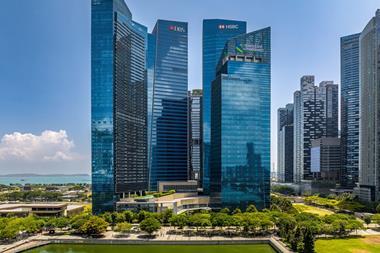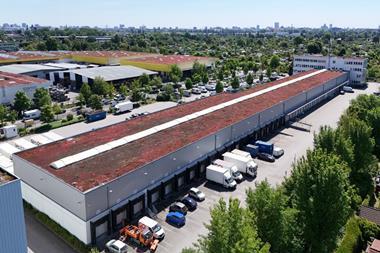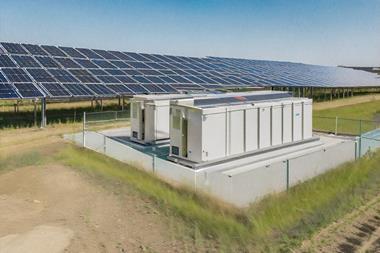An increase in the value of assets helped Europe’s non-listed real estate sector to perform well for investors last year.
The 2018 INREV Annual Index report revealed that the All Funds Index delivered a total return of 9.40% over 2017, up from 5.99% in 2016, a performance helped by an uplift in capital growth in the region, from 2.39% in 2016 to 5.51% the year after.
The report revealed that key markets like the UK delivered a strong a robust performance, with annual returns of 9.78% – a substantial uplift from 2.24% in 2016.
“Despite an initial wobble from investors immediately post-Brexit, continued interest in the UK market from overseas investors contributed to this marked rebound,” INREV said.
The report showed that Finnish and Dutch funds posted the highest returns of all single country funds with 15.98% and 14.65% respectively.
INREV said German funds delivered returns of 9.22% and French funds saw a decline as performance dropped to 7.34% in 2017 from 10.29% the year earlier.
“Anecdotally, this dip in performance may be a reflection of the French market being unable to capitalise on a potential Brexit bounce and capture the anticipated volume of capital outflows from the UK, which didn’t occur,” the report said.
Overall as a region, Western Europe witnessed the biggest gains with a sizeable leap from 5.65% to 10.08% – one of only two regions to deliver double-digit returns.
The other was the Nordics where, even with a strong performance of 10.29%, returns were down on the previous year’s achievement of 12.07%.
The residential sector recorded returns of 15.08% compared with the high of 15.78% reached in 2016. The industrials and logistics sector made huge gains in 2017 almost doubling from 7.38% to 14.57%.
Lonneke Löwik INREV’s CEO, said: “The results show the continuing attraction and reliability of the European non-listed real estate sector.
“Investors will no doubt be eager for more of the same in the months ahead, as they continue to allocate capital to this region and into this asset class.”
The INREV Annual Index, which is made up of only core and value-add funds, measures the performance of non-listed real estate funds, net of fees and costs.















